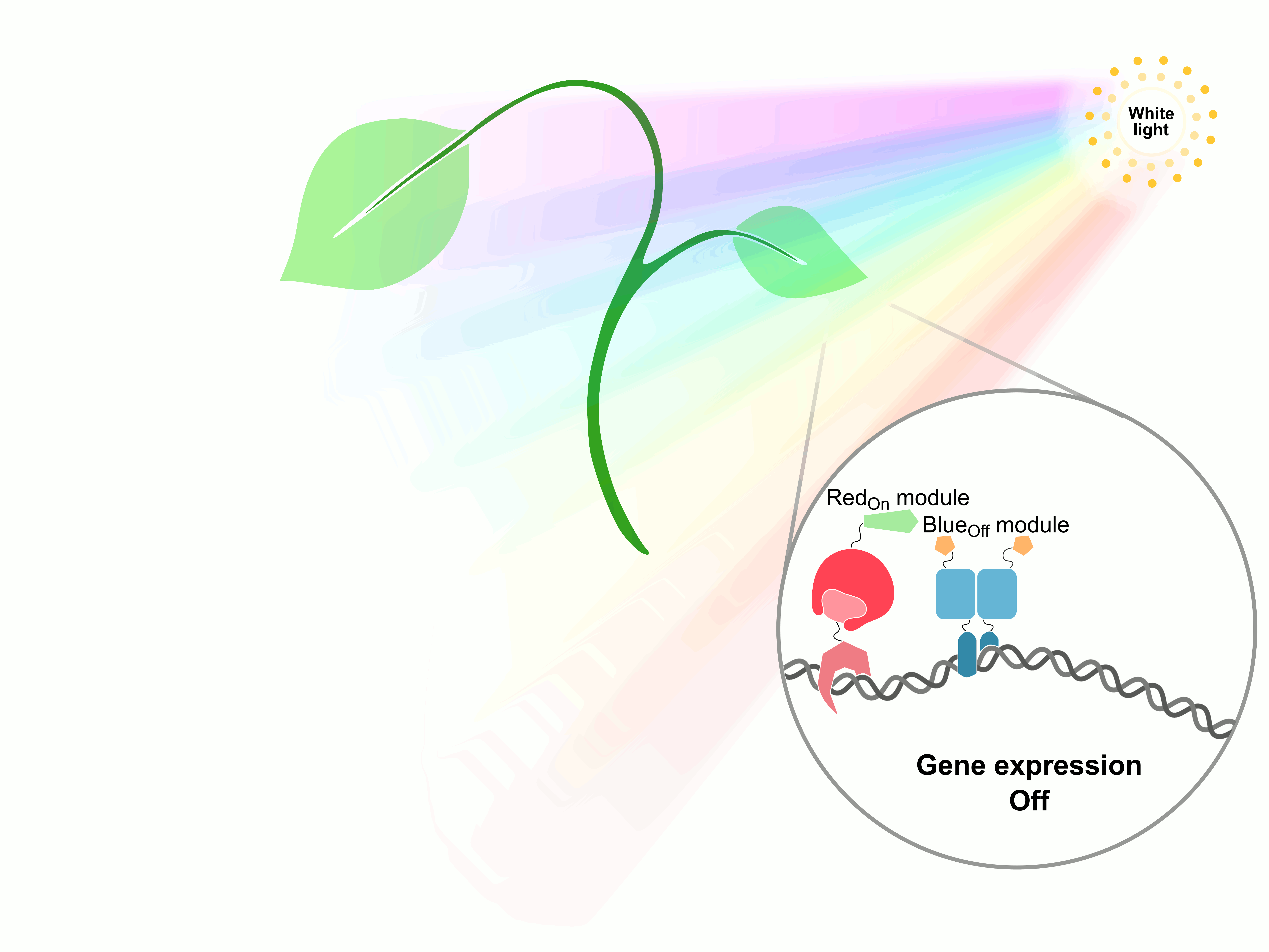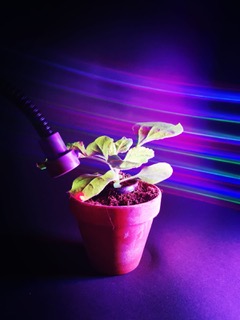New publication on Optogenetics in Nature Methods
Optogenetic control of plant processes
Rocio Ochoa-Fernandez, Nikolaj B. Abel, Franz-Georg Wieland, Jenia Schlegel, Leonie A. Koch, J. Benjamin Miller, Raphael Engesser, Giovanni Giuriani, Simon M. Brandl, Jens Timmer, Wilfried Weber, Thomas Ott, Rüdiger Simon, Matias D. Zurbriggen
Optogenetics, the control of cellular events by using genetically encoded, light-responsive switches, is revolutionizing signaling and metabolic studies in biology. It provides spatiotemporal, quantitative and reversible control of signaling and metabolic processes. This is reflected in the steady growth of optogenetic publication numbers in mammalian, yeast and bacterial systems, while the ones for plants are stagnating due to a lack of suitable tools. Plants require light to grow and this poses an experimental challenge to the implementation of optogenetic switches as they will be activated under ambient conditions.
In this work a team around Matias Zurbriggen and Rüdiger Simon at the University of Düsseldorf in cooperation with researchers of the University of Freiburg-CIBSS and the University of East Anglia-Norwich set out to solve this major issue by engineering PULSE (Plant Usable Light-Switch Elements). It is the first optogenetic tool that enables the reversible control of gene expression applicable to plants growing under normal day/night cycles. The novel conceptual approach implements the design of a dual-wavelength optogenetic switch combining a blue light-regulated repressor with a red light-inducible gene expression switch. In this way, PULSE provides activation of gene expression only upon illumination with monochromatic red light, while the system remains inactive under ambient light conditions.
We showed that PULSE introduces the superior advantages of optogenetics into plants. The system is fully reversible, and achieves high dynamic ranges of expression and temporal resolution. We first applied the system in Arabidopsis protoplasts for the precise control of endogenous and synthetic signaling and developmental pathways. We showed its compatibility with other precision molecular approaches by combining it with CRISPR/Cas9-based technologies. Finally, we demonstrated the applicability of PULSE to manipulate physiological responses in planta.
The work is embedded in Research Area 3 (Synthetic Biology) within CEPLAS, which aims to achieve the reversible and orthogonal control of cellular processes with high spatiotemporal resolution. This is key for quantitatively understanding the dynamics of biological signaling networks as well as for programming desired phenotypes. We therefore think that PULSE and the conceivable expanded optogenetic toolset will facilitate in the future the targeted manipulation and study of biological processes in plants. This includes development, growth, hormone signaling and stress responses and the development of biotechnological applications.

PULSE is an optogenetic tool enabling gene expression control in plants growing under normal day/night cycles. PULSE consists of two optogenetic switches with different light sensitivities: targeted illumination with red light activates gene expression, while ambient white light is used to reverse the process. The control of cellular processes with high spatiotemporal resolution is key to quantitatively understand the dynamics of biological signalling networks and for developing biotechnological applications. Cartoon by Rocio Ochoa-Fernandez, Institute of Synthetic Biology, University of Düsseldorf.

